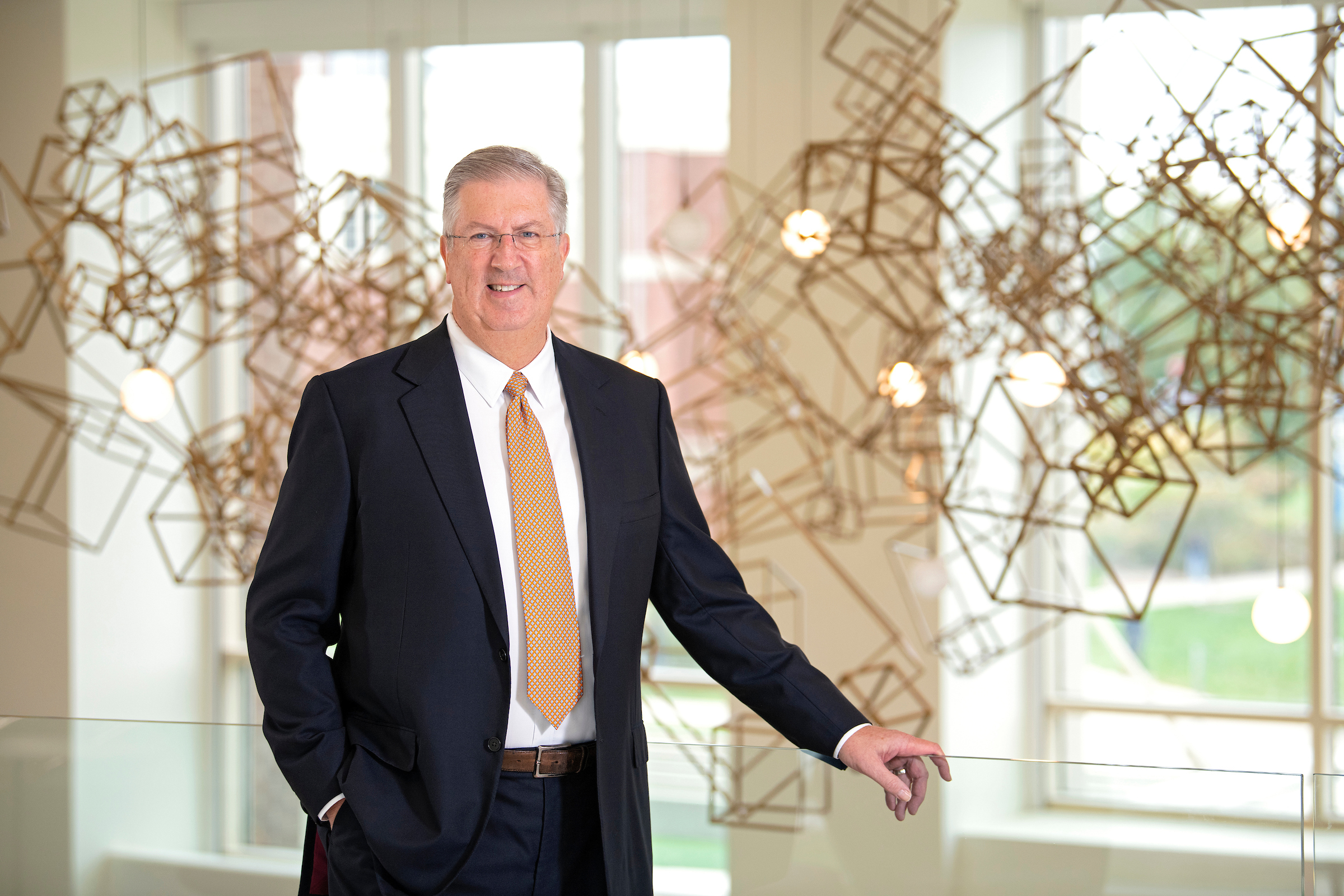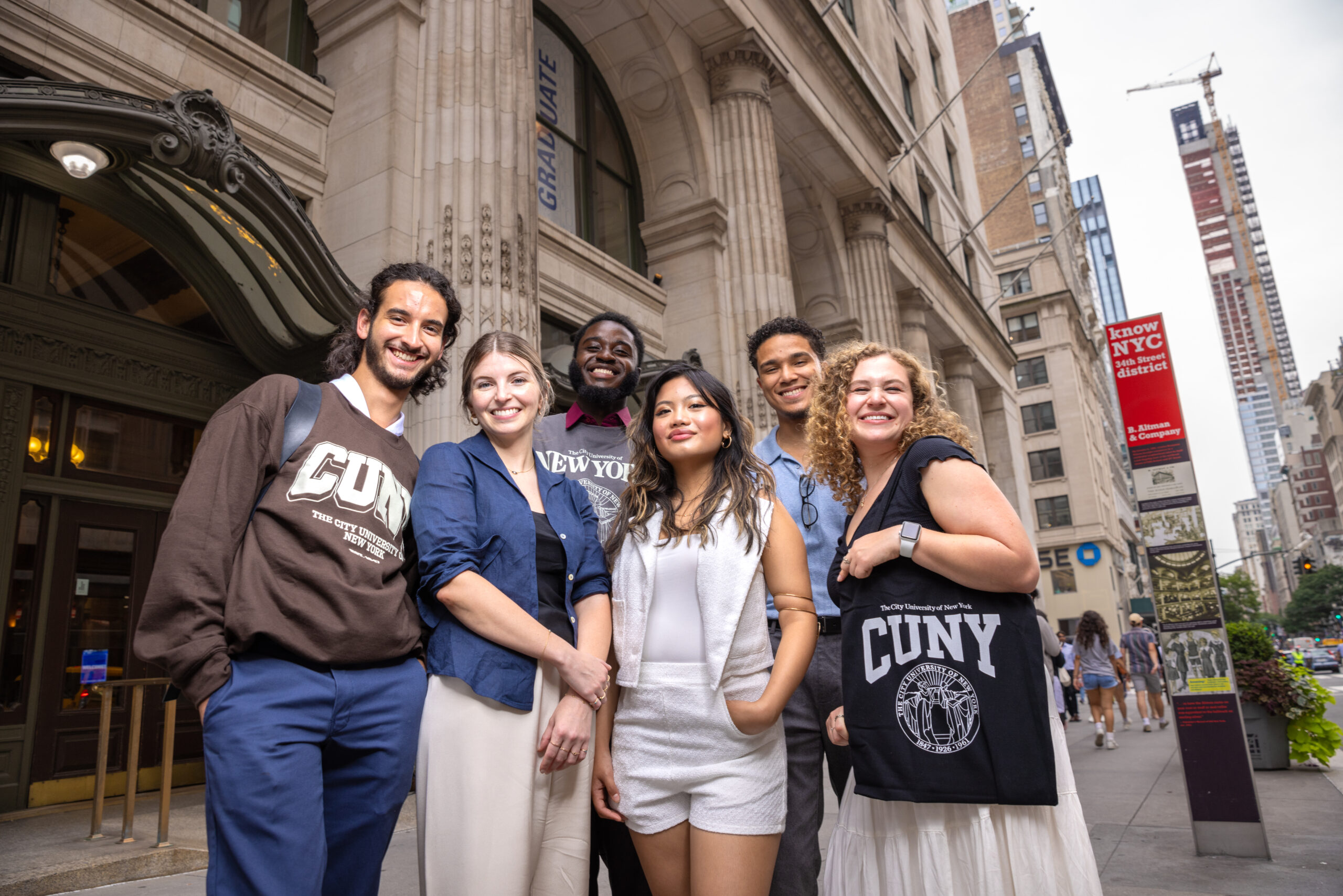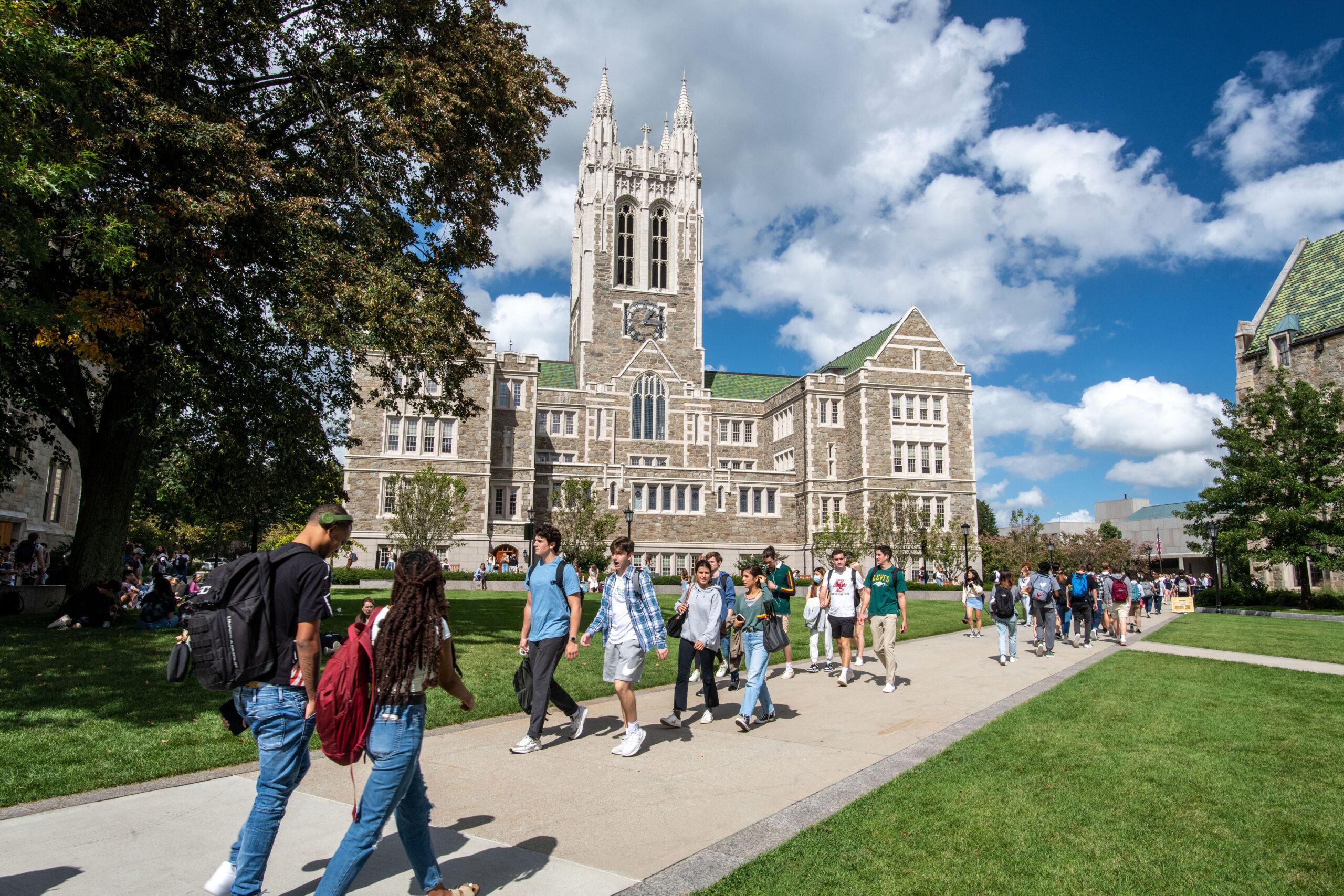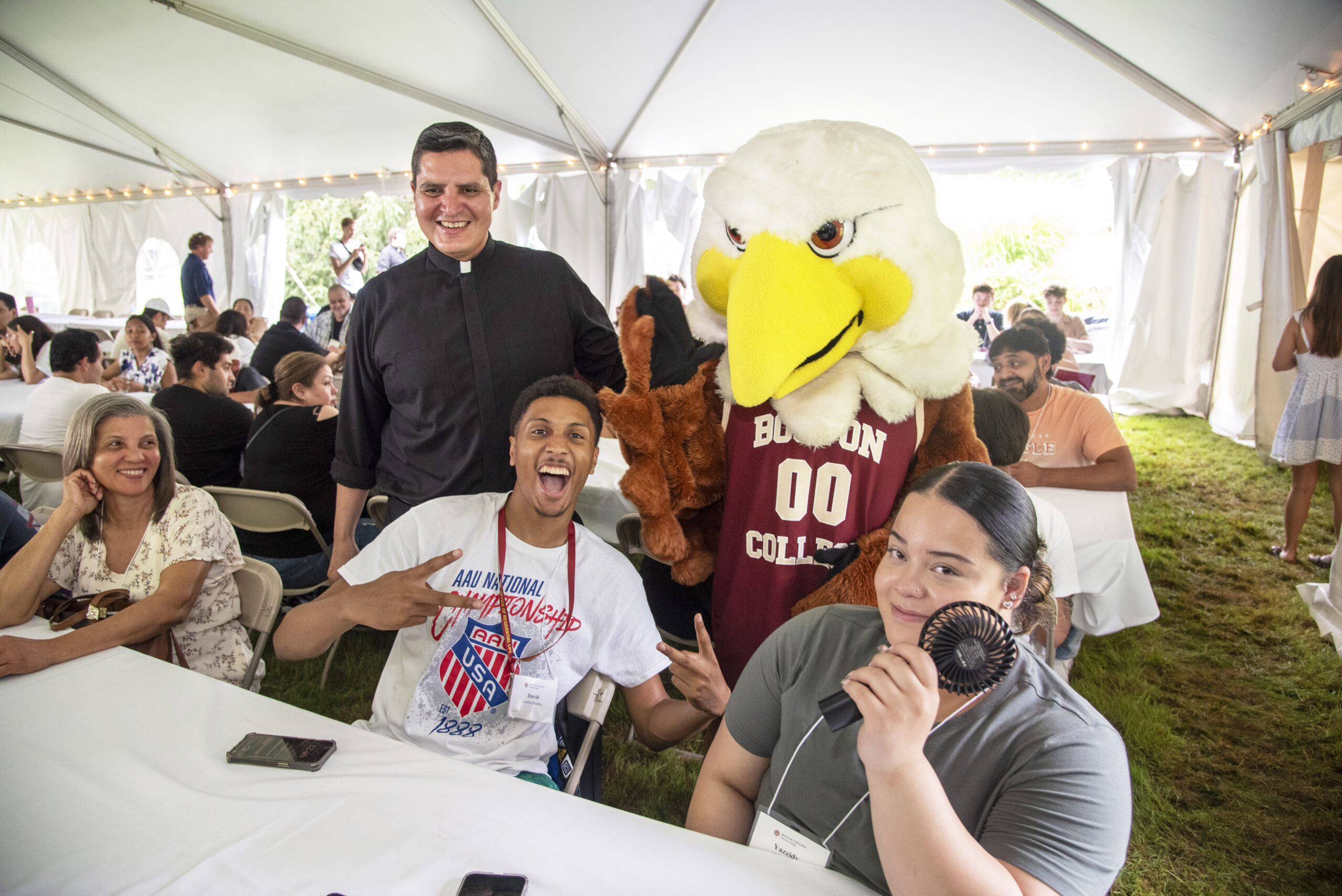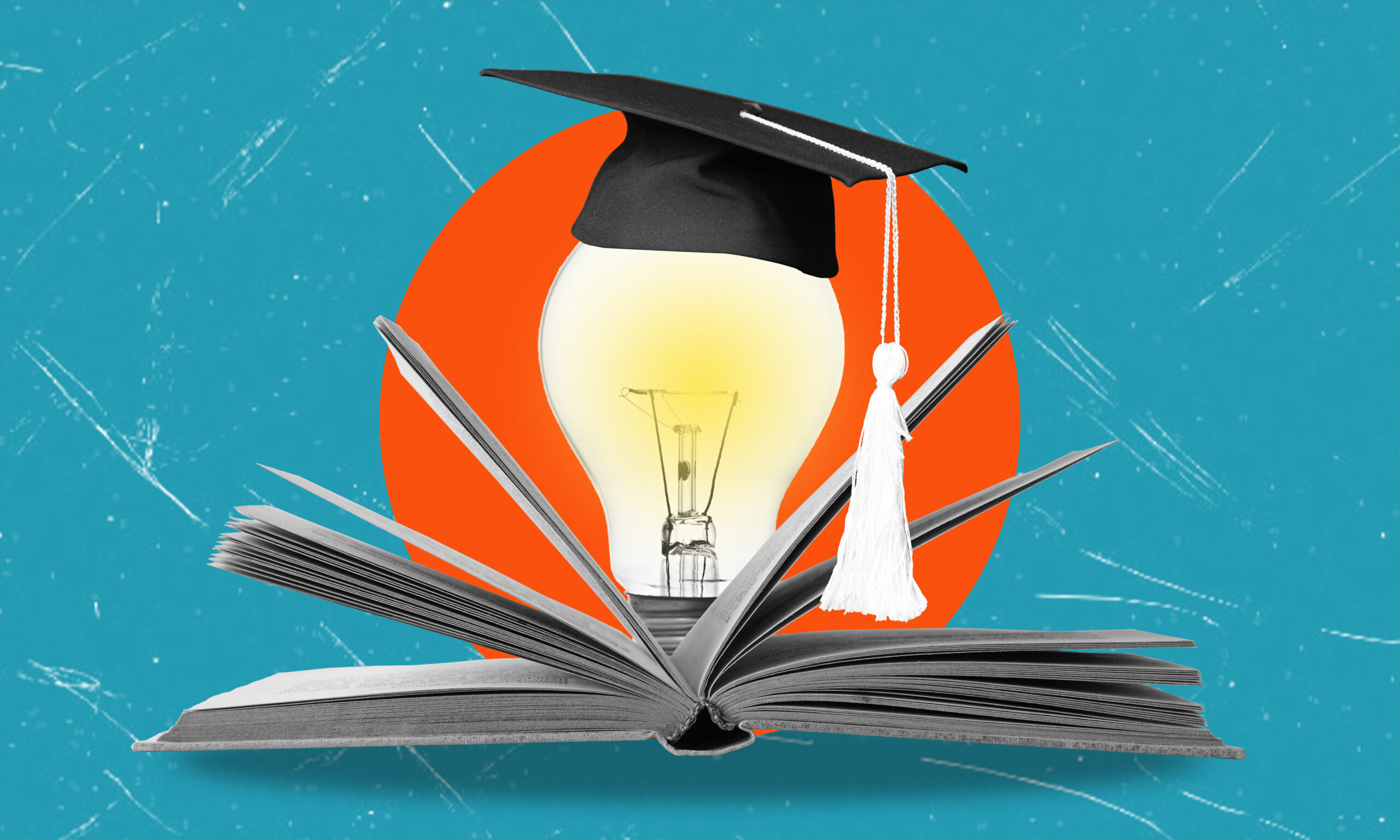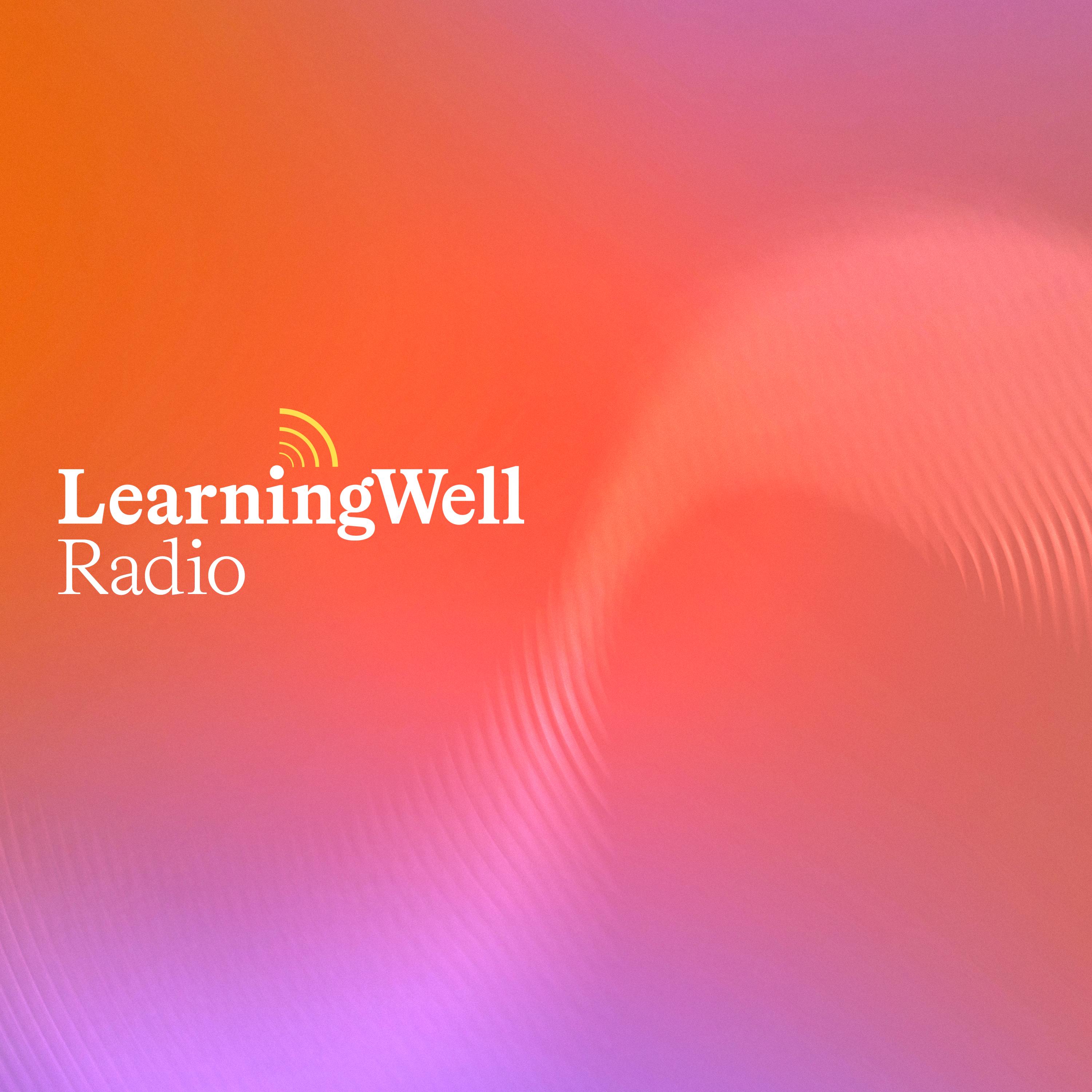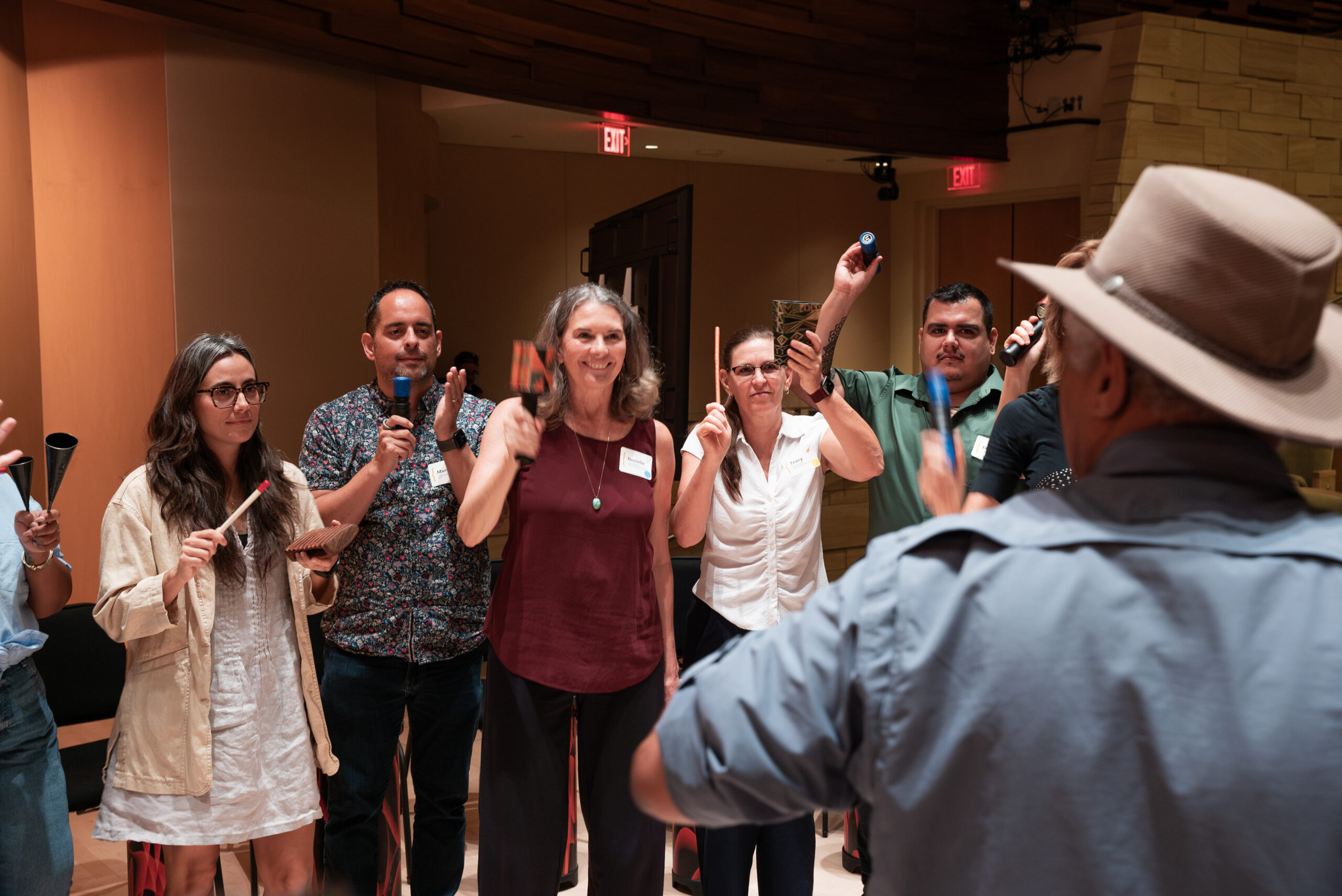Bucknell University President John Bravman personifies the saying “the harder you work, the luckier you are” and imparts that message to his students. With humility and humor, the career academic brings us through the key milestones in his life, from working to overcome a speech impediment as a child to being the “smart kid” in New York City public schools to his spectacular, yet uneven, success at Stanford, where he learned to be a great teacher well before he became a college president.
Here is an excerpt from our interview:
LW: To start, can you give a bit of background about yourself, your family, how you grew up, your education? From what I understand already, you have a very interesting story.
Bravman: Well, I doubt I do. But I grew up in New York City 67 years ago. I’m a first generation college student—second generation American but first in my family to go away to college. So my father was in World War II, and I grew up with parents from the postwar era, and I came of age in the early sixties. My earliest distinct memory is probably Kennedy being assassinated. So that’s the place in time. And everything that happened in the sixties influenced me somehow, some way. I had a love of science. My father was an accountant, but he liked science, too, and I probably picked it up from him. But things like going to the World’s Fair in ’64 and ’65 and going to the American Museum of Natural History in New York City, these were all big deals for me. And sure enough, I became a scientist.
LW: Where in the city were you educated?
Bravman: P.S. 34 Queens. Then I moved to Long Island for junior high and high school and went to public schools there, too. But it was quite a culture shock, moving from the city to the suburbs. It was just different. I’m sure there’s a lot of sociology and psychology and history and economics to explain why. We were not a wealthy family by any means, but we were never hungry. And for whatever reason, I grew up with the notion that smarter is better—that it’s good to be smart and work hard and all that kind of stuff. And probably, because I moved during those preteen-teenage years, when I went out to Long Island, it was all of a sudden, “Who’s better looking? Who has nicer clothes? Who’s more popular?” This was not a wealthy place, but just all of a sudden, it changed. I remember thinking about that but realizing, of course, that smart still mattered, and I had to do well in school and all that. But that was the first big cultural shock I experienced in my life.
LW: When you say being smart matters, and you saw that as a pathway to success, would you say your peers in the NYC public schools seemed to share that perspective more so than those in Long Island, who seemed more socially-oriented?
Bravman: Probably not. But my honest answer is that, from kindergarten through fifth grade, it felt like the extent to which you were looked up to by your peers came down to who is the smartest kid in class. And that felt very different on Long Island.
But I mean, I spent seven years on Long Island at three different schools, all public. And then I had the incredible good fortune of going to Stanford, where I ended up spending 35 continuous years. Believe it or not, I’ve often said that one of the best things that ever happened to me was a rejection. And I’ve reflected on that rejection throughout my life. I desperately wanted to go to MIT from high school because I’m a sciencey, nerdy geek. And that’s what you did if you grew up on the east coast. That’s where I could be the best of the best. Everyone knows MIT. And if you’re on the west coast, you went to Caltech.
But the story there is that a friend of mine in high school, who was also a nerdy kid, took a family vacation to California the summer after our junior year in high school. He came back with tales of these redwood trees, which I’d only seen in National Geographic, and the Pacific Ocean in Monterey Bay. I’d never been west of Pennsylvania. He told me about a school I’d never heard of called Stanford University, and he said, “We have to go there. It’s amazing.”
And of course, there was no internet back then. So I went down to the high school library, where we had a room forcollege books, and it turns out the Stanford Viewbook was missing. So I didn’t even see pictures of Stanford. All they had was their course catalog, which back then was just text. I illegally took that book home for the night because you’re supposed to leave them there. And I went through it, and I was so entranced by this book with no pictures that I designed my whole curriculum only to find out later that what I thought I was going to take were all junior-level classes, not freshman classes. Long story short, I did not get into MIT, but I got into Stanford, and my friend did not get into Stanford, where he really wanted to go. He went to MIT, was miserable, and dropped out.
I’m just saying, I’ll never, ever forget that rejection and the lesson of, “Okay, life knocks you down? You just keep going.”
LW: With that course catalogue, did you recognize the rigor of the courses right away? What attracted you to the curriculum?
Bravman: Well, I love books. Most of the books I own have nothing to do with science and engineering. I’ll have a real problem when I retire because I’ve now collected 5,000 books, and I have no place to put them. So honestly, I think I just liked this course catalog. It was words, and I had never read a course catalog. I remember sitting in my bedroom, reading page after page of these course descriptions. I thought, “This is amazing, and I want to learn all this stuff.” And then I went off to college for 20 years.
LW: You must have been quite wowed, then, because your friend was not kidding—it is beautiful.
Bravman: Oh, yeah. I mean, it’s like 362 days a year of perfect weather. I’d never been on a plane before. And back then, Stanford had arranged charter planes from several cities on the east coast, so I was on a plane with 250 kids going to Stanford. I showed up on campus, and it was just the most amazing thing. I had a lot of financial aid. It included loans, scholarships, and a work requirement. So I was assigned to work in a kitchen. I probably picked that off a list. I liked to cook, even as a boy. But I remember we got to campus late, and within minutes of entering my dorm, someone came and told me that I was late for work because as a brand new freshman, I was supposed to work the first day on campus in the kitchen, helping make dinner. So I showed up, and Kay Malik, who was the head of the food service in Wilbur Hall at Stanford, she said, quite curtly, “You’re late for work. Don’t do it again.” So I didn’t exactly have a perfect start.
I loved Stanford. But the fact of the matter is I almost flunked out my sophomore year because I was not prepared for the rigor of the academic work. I quite honestly never really studied in high school because I didn’t have to. I had one B in ninth grade art. So I did not graduate with a perfect 4.0. So I graduated second in my class. My friend, who went to MIT, was one of six people with a 4.0. So I was technically ranked number seven, but I’ve always liked to say number two.
LW: What was it like to have been close to the smartest in your class in high school and then become average, or maybe even struggling to be average, in college?
Bravman: Well, I’d never met kids who went to private schools before. So I was dealing with that and people who went to Beverly Hills High, which is a public school but a very, very good one, resourced differently than my schools were. I don’t remember too much about that, but I remember being scared and disappointed in myself. I thought, “What am I going to do and what am I going to tell my parents?” And I’m sure kids today feel the same way. And they probably also experience certain emotions I didn’t. So I’ve tried to be a better and more sensitive advisor academically, but also as a boss, understanding that people have a variety of experiences. But I think that near failure was a really important learning lesson for me. And part of that is, “If you’re the smartest person in the room, you’re in the wrong room.”
That’s also where I learned about advising. My advisor was an almost brand new professor at Stanford from Great Britain. He went to Cambridge. And so I learned a lot along the way, too, about England as a result of that relationship. But he was helpful and supportive, and I’ve never forgotten that. So obviously I didn’t flunk out, and I did well enough, and I ended up getting into the doctoral program there in engineering.
When I started the doctoral program, my undergraduate advisor remained my advisor, but I also got a second advisor in electrical engineering, a different department. My department, material science, announced a new faculty search. And I remember saying to my advisor in electrical engineering, “Hey, look, did you see my department’s going to be hiring someone else? I wonder who they’re going to get.” And he looked at me and said, “I want you to apply for it.” I said, “That’s ridiculous. I’m not going to be a Stanford professor. Give me a break. I almost flunked out.” He said, “No, I want you to apply for it.” And he was an older professor. He’s still with us. He’s 85 and a giant in his field. He was a giant in his field then, and he said, “I want you to stay.”
So that advice and encouragement from two different advisors changed the course of my life. That whole advising experience has meant so much to me ever since because I know what it did for me. I ended up staying there for a total of 35 years before coming here to Bucknell in 2010. I lived off campus one year in graduate school and three years as a young professor. So 31 of 35 years, I lived on campus. And for 14 of those years, I think it is, I lived in an undergraduate dorm as what we call a “resident fellow.” So most of my life, I’ve lived on a college campus. So I went to college 50 years ago next September.
When I say it made my life, I mean, I’m not kidding. And obviously it took a lot of hard work—first to not get kicked out, secondly to get a position in the graduate program, and then to pass my Ph.D. qualifying exam, which I failed the first time and you only can take twice by policy. So I worked my butt off and passed the second time. And then I had to get on faculty, and then I had to earn tenure. And that is not trivial at university, let me tell you. Stanford’s policy is that you have to be one of the two best people in the world at your age in your field. And that’s not possible, really, but that’s the written standard. And of course, Stanford School of Engineering is incredibly famous in my area because of Silicon Valley. So I had the combination of thrills and chills every single day, and getting tenure was probably the achievement of my life until I became president here.
And I just reflect on that—to have gotten there as a first generation college kid, who almost flunked out and then didn’t pass his Ph.D. qualifying exam the first time. And I’m no genius, not even remotely close, but I know the value of working really hard and keeping a dream ahead of you and sacrificing. In my experience, working really hard is no guarantee, but it can make a difference. I’ve tried to be very sensitive to students who are struggling. Maybe they wouldn’t believe a college president almost flunked out of school. But it’s the God’s honest truth, and I want them to know that. And being an advisor doesn’t mean you have to be a pushover. You can be direct and strong without being strident, and you can be understanding of someone’s needs and foibles and weaknesses. And I can’t believe in September, I will have literally been in college for 50 years.
“[As an advisor] you can be direct and strong without being strident, and you can be understanding of someone’s needs and foibles and weaknesses.”
LW: That’s a great milestone. So when you almost failed, who was it that believed in you enough to keep you going?
Bravman: That’s a great question. It’s hard to answer. Obviously, my advisor’s support and some other faculty were important. But I did realize that I’d have to get my stuff together, or my life’s going to be very different.
LW: So you had a strong sense of agency.
Bravman: I was probably more scared shitless than anything else. I really was, and I was afraid of disappointing my parents, for sure. So I was in the process of applying to transfer to a couple schools back east—good but lesser schools—and not even thinking about, “Are they really going to take someone who’s almost flunked out?” Thankfully, I didn’t have to find out, but I learned that you can talk yourself quickly into procrastinating, and it usually doesn’t have a good end. So I learned that lesson painfully and learned that I had to discipline myself to partition the various aspects of life—fun and work and this and that—and to sleep as little as possible to maximize everything else. That’s probably the best answer I can give you, but I was really scared.
LW: Let’s talk about when you were recommended for, and ultimately earned, that coveted teaching position. You hadsomeone who really believed in you. What did that feel like?
Bravman: You know, all the prejudices about research institutions are often true. But this advisor, he was both at the absolute top of his field and the best teacher I ever had. That was a role model for me. And honestly, a lot of getting that job was just dumb luck—right person, right time. And I, in my naivete, just thought, “Gee, I wonder who they’re going to get.” It never entered my mind that I’d be on the Stanford faculty. And he just said, “John, I want you to apply.” And I don’t remember much else, but saying some quip about, “That’s ridiculous. I’m not like you. I can’t be you.” And now I’m one of two people in Stanford’s history to have their highest award for teaching and their highest award for service.
LW: What about the teaching? What do you think, given all you’ve told me, contributed to you being a great teacher?
Bravman: Well, I’ll tell you, I have a story there, too. It’s the same answer: total, utter fear of failure. My brother is older than me. He’s very outgoing. My sister’s younger and very outgoing, and I was the introvert. And my father was a very, very smart man. It’s such a shame he couldn’t go to college. I grew up with a speech impediment, and my father, when I was in second grade, bought a reel-to-reel tape recorder—which I still have and still works—and a microphone. And he made me read into the tape, and he made me listen to myself, which is painful to this day. But he wanted me to learn to overcome my speech impediment. And I never forgot that because I grew up just incredibly fearful of speaking in front of any crowd, all through college. And in part, that’s why I failed my Ph.D. qualifying exam.Because it’s oral the first time. It’s two-and-a-half hours in front of 10 professors. So I was scared out of my mind. Andsome of my speech issues, when you’re scared, they come to the fore.
Fast forward to teaching, having had lots of not-so-great teachers at Stanford, as well as some great ones, I knew which I wanted to be. So when I started teaching, I probably prepared 10 to 12 hours per one hour lecture. We had, early on, a video camera in our department and a VHS machine. This was pretty advanced at the time. So I remember at midnight when the building was empty, videotaping myself, giving my low-level introductory material science lectures to an empty room on videotape and then watching it until two o’clock in the morning, learning what I did wrong. I was so scared of failure, and I really wanted to be a good teacher. The fact is, I have eight teaching awards,two of them national. So I like telling people who have these issues, honestly, if you knew my fear of talking in public and now I can stand in front of arbitrarily large and loud crowds, anyone can.
The fact is I’m still a deep introvert. I don’t actually believe in fundamental change that way. You overcome and you adapt. I’m proud of what I did in teaching, and I think I’m a reasonably good public speaker now. I’m not very good at reading a script. But I want students who are struggling, especially with public speaking, but anything really, to know that if I can do this, believe me, you can.
LW: Well, you can’t win all those teaching awards without getting a positive response from the students themselves. They really are the ultimate judges on this. Do you have a sense of what about your teaching has resonated so muchwith students?
Bravman: I became a techno geek in terms of computers, as they arose. So the Macintosh 1984 came out the same year I joined the faculty, and everyone was using IBM PC. Those were released in 1980, but I started with a Mac. I was, for the most part, a bit ahead of my time with new software, new technology, and I took that into the classroom. So I think that was noticed.
I think it helps to be friendly and approachable and tell stories, like, “Hey, here’s my story. If I can do this, you can do this.” And hopefully I gave clear lectures. My department had very few majors. The big undergraduate courses were all kind of service courses. And so people didn’t really want to be in my classroom, but they had to be. And so that’s something to think about. And then at the graduate level, I ended up teaching things that, for the most part, very few people fundamentally like. They just have to do it as a doctoral student. Like crystallography, it’s very dry and not very exciting. So I worked hard at bringing in real life examples that people could relate to that still allowed me to explicate on the subjects. And so it’s those kinds of sensitivities, but also being in my office at midnight. Students would come see me at midnight because that’s more their hours than mine.
Of course, early on, you’re younger, so you’re closer to them. But what’s the lure of academics? Every year, the freshmen are the same age. Every year, I’m exactly one year older. It’s so unfair.
LW: Did you think early on in your career that you’d ever be a college president? Was that a holy grail that you always hoped to achieve?
Bravman: No. My dream job, having grown up in New York City, was to be the president of the American Museum of Natural History on Central Park West. The woman who was the president there was president for like 25 years. And I remember thinking, “Would you please just retire?” But seriously, being a college president is a tough job. And it always has been. But I’m who I am, and I’m not who I’m not, and I can only do what I do. So I just keep building as best I can.
